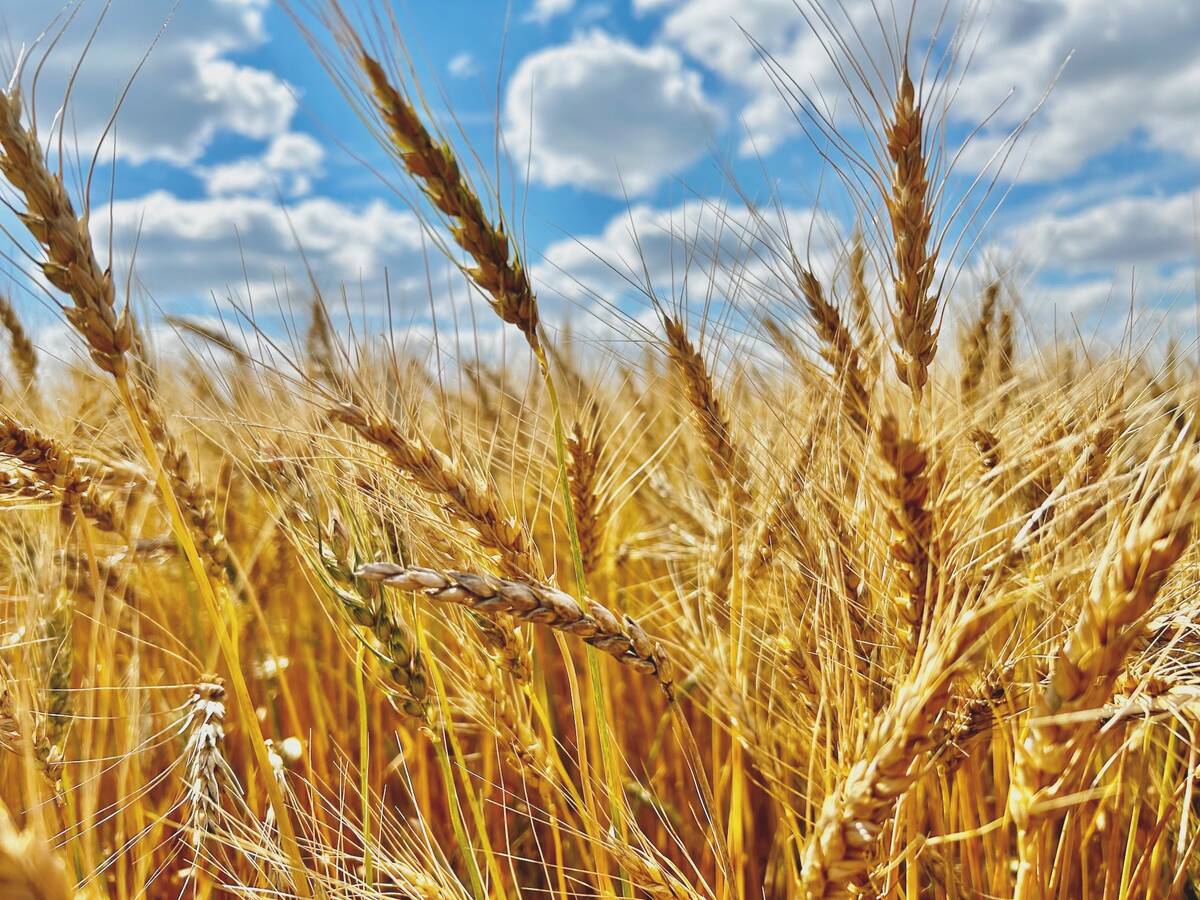Many of Saskatchewan’s grain-growing areas can expect either too much or too little water from their spring thaw, according to the province’s first spring runoff forecast.
The Saskatchewan Watershed Authority’s first streamflow forecast for the year, released Tuesday, finds snowpack “well above normal” in northern areas of the province’s grainbelt.
So far in those areas, the provincial agency reports, “above-average winter precipitation, combined with a very wet fall, has created the potential for another high spring runoff in 2008.”
Depending on how much more snow falls this winter and the timing of spring runoff, peak flows could come close to those seen last spring, especially in the province’s northeast, which has seen high runoff in the past two springs.
Read Also

Prairie Wheat Weekly: Modest increases for cash prices
Spring wheat and durum cash prices were moderately higher across the Canadian Prairies for the week ended Dec. 19. This was despite losses in Chicago and Kansas City wheat and Agriculture and Agri-Food Canada projecting larger all wheat ending stocks for 2025/26. Minneapolis wheat bumped up on the week, lending some support to Canadian cash prices.
Wakaw, Lenore, Houghton, Deadmoose and Fishing Lakes, all in the northeast and north-central regions, are still at well above normal levels as a result and “very high” levels are expected again, the agency said.
Southern areas, particularly in the province’s southeast, south central and west central areas, may face water supply shortages this spring, the agency noted. Its forecast cited a dry fall, snowfalls well below normal so far this winter and a brief thaw in early January that melted much of the snowpack in those areas.
The watershed authority noted that its forecast assumes normal climate conditions between now and the end of spring runoff. It plans a detailed forecast in mid-March.














